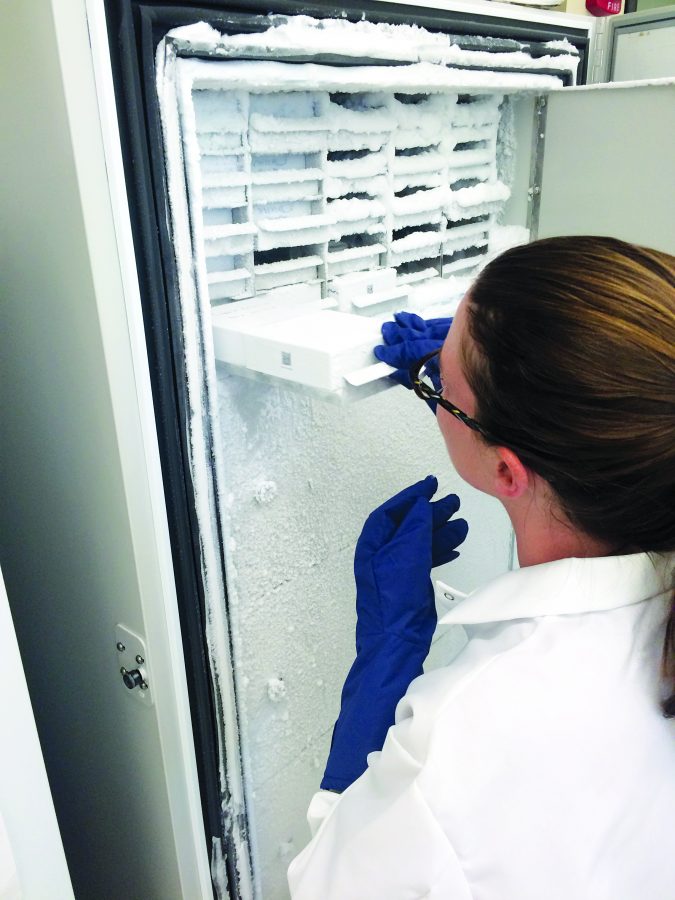Jeff Lozier, an assistant professor of biological sciences, along with two collaborators from the University of Wyoming and Utah State, received the grant from the National Science Foundation to study two specific species of bumblebees and their adaptation to a changing environment.
“We’re trying to study the effect of environmental variation on adaptation and if bumblebees exhibit adaptations to environments in which they live,” Lozier said.
The focal region of the research is along the Sierra Nevada and Cascade Mountain Ranges. The two species of bees they’re going to study are in abundance in this region and can be found at low and high elevations across a broad latitudinal transect.
“We get to see what happens when you subject a single species to a large range of all of these different kinds of factors to see how and if it is going to adapt or if it’s going to need to move,” said Jason Jackson, a doctoral candidate studying biology.
These factors include rapid temperature change in higher elevations as well as a decrease in oxygen availability or air density.
The grant took effect in April 2015, but preliminary work for the research has been ongoing for the past two years. The grant is expected to fund three years of work and experiments.
“Most people think about honey bees pertaining to population decline,” Lozier said. “Honey bees are managed bees that humans have brought over to North America from Europe and Africa. There are no native honey bees in the U.S.”
Many man-made honey bee hives have undergone a phenomenon called Colony Collapse Disorder, which has killed off around 20-25 percent of the hives. CCD can be caused by pesticides, diseases, parasites or a combination.
Lozier is researching native bees. There are around 20,000 species of bees on the planet with around 50 of those in the U.S. Some species of native bees are doing just fine while others are declining.
“The research we’ve been doing is very applicable because a lot of bumblebee populations are dying out,” said Gabrielle Unbehaun, a senior majoring in biology. “The bee populations that we are working on are very populous, so it’s interesting to see why they are surviving versus others.”
Factors contributing to population decline in some species are debated.
Lozier said it may be multiple factors working together, but in most cases the underlying problem is habitat loss and land use change, and at the moment there is no sure way to stop it on a broad-scale. With the loss of flowers for bees to pollinate and an increase in chemical usage, there’s a potential to lose rodent burrows which bees like to lay their nests in.
“The fundamental problem is habitat and land use availability for the resources,” Lozier said. “Everything else is sort of stacked on top of that.”









